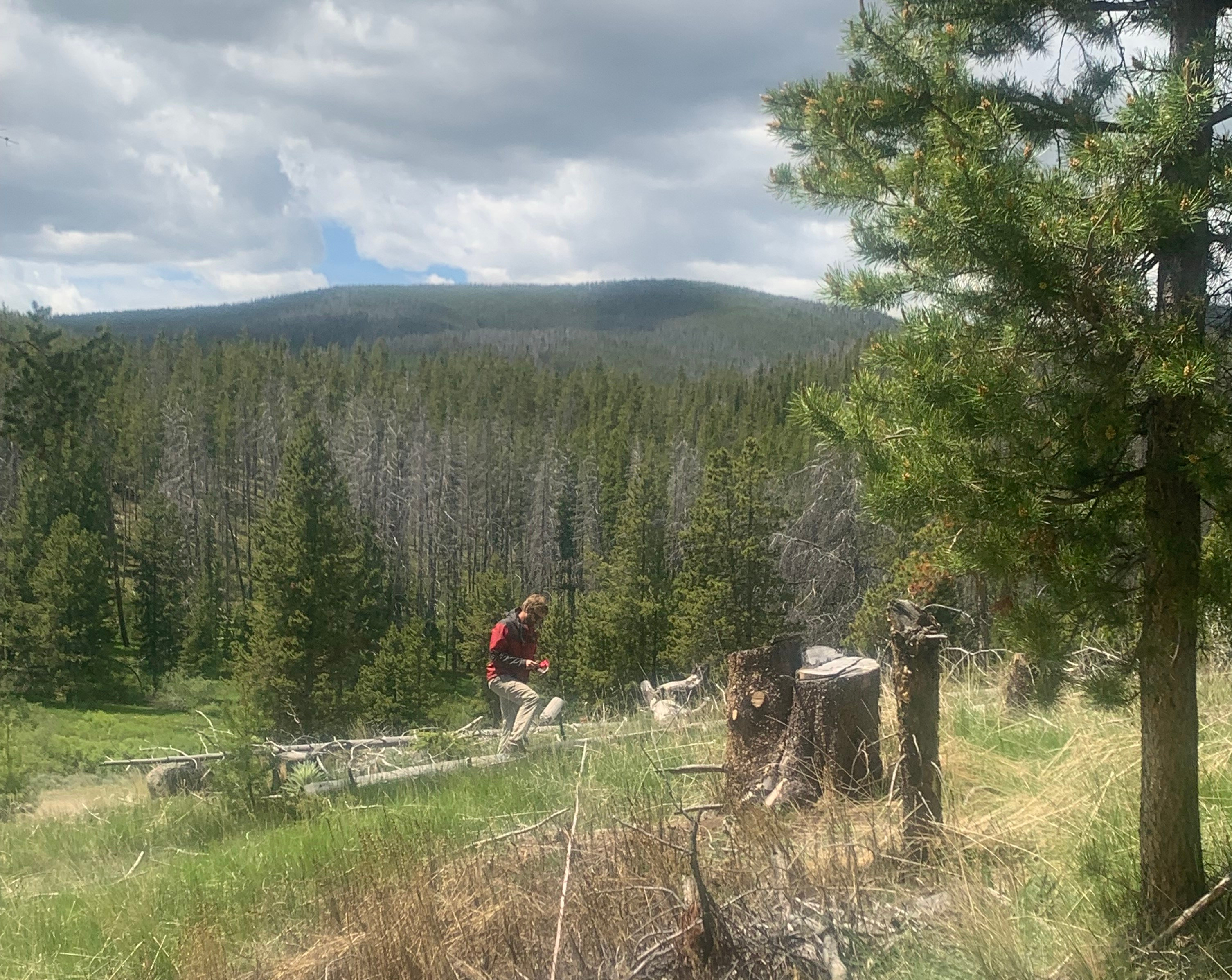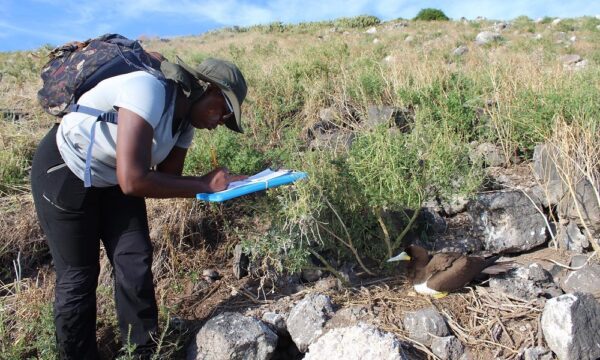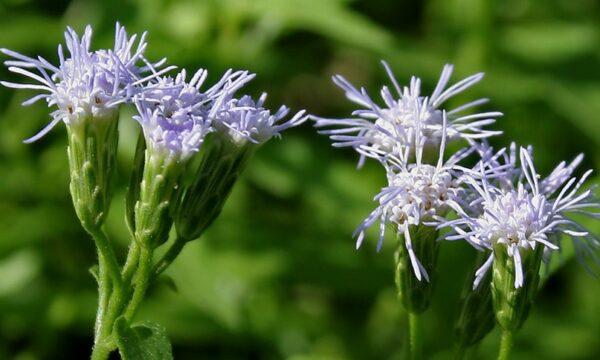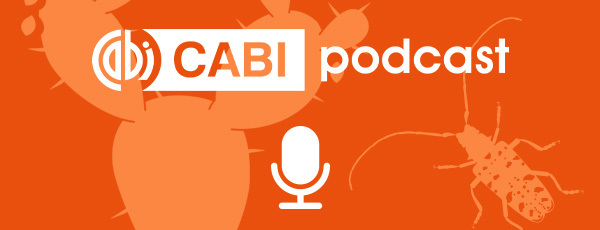
Yellow toadflax in the field (credit Pixabay)
A team of international scientists are collaborating to fight the noxious weed yellow toadflax (Linaria vulgaris) in Montana’s world-famous Rocky Mountains with the help of a tiny insect – the shoot-galling weevil Rhinusa pilosa.
Yellow toadflax, first introduced from Wales in the late 1600s as an ornamental and medicinal plant and to make textile dyes, is an aggressive invader listed as a noxious weed in more than 10 US states (including North and South Dakota, Colorado, Nevada, New Mexico, Oregon and Idaho) – which suppresses desirable vegetation through intense competition for limited soil moisture.
On rangelands, for example, an invasion of yellow toadflax can alter the species composition of natural communities and reduce forage production for livestock and wildlife, even under relatively undisturbed conditions. This in turn reduces rangeland value and can also lead to erosion issues.
Dr Ivo Toševski, Research Scientist in Weed Biological Control, CABI, has spent nearly 20 years investigating the effectiveness of several European insects – including Rhinusa pilosa – as possible biocontrol options for yellow toadflax and another closely related short-lived forb, Dalmatian toadflax (Linaria dalmatica).

The shoot-galling weevil Rhinusa pilosa (credit Ivo Toševski)
Now, thanks to CABI’s research in Switzerland and following the promising release of Rhinusa pilosa in Canada in 2014, the first releases in the USA have just taken place on Montana’s Beaverhead-Deerlodge National Forest, in the Rocky Mountains (affectionately known as ‘the Rockies’).
Dr Sharlene Sing, from the USDA Forest Service, Rocky Mountain Research Station, has teamed up with Professor David Weaver, Montana State University, to release the shoot-galling weevil in Montana where yellow toadflax is threatening local ecology.
Dr Sing, expressed, “Yellow toadflax is particularly problematic because it can spread both by seeds – up to 30,000 seeds annually – and by vegetative propagation. While it can be controlled by mechanical and chemical means, we are advocating a more integrated and sustainable management approach incorporating biological control, which can now be enhanced with Rhinusa pilosa.”
Dr Hariet Hinz, Country Director and Head Weed Biological Control at CABI Switzerland, said, “Our Canadian collaborator, Dr Rosemarie De Clerck-Floate from Agriculture and Agri-Food Canada found that Rhinusa pilosa established and produced galls at all release sites and also overwintered successfully in Alberta and British Columbia – even though it has not yet reached outbreak densities.”
“The fact that the weevil has been approved for release in the USA is an important step for CABI, as it is the first release in the western USA of a weed biocontrol agent based on CABI’s research since 2006.”
Between 2006 and 2011, Dr Toševski and CABI colleague Dr André Gassmann tested over 100 plant species and populations (60 native to North America) to assess the host specificity of Rhinusa pilosa with the risks to native flora judged to be minimal. The weevil forms galls in the upper part of the plant shoot and significantly reduced plant height, the number of stems and biomass in a pot experiment.

Release site in the Beaverhead-Deerlodge National Forest (credit Sharlene Sing)

Releasing Rhinusa pilosa (credit Sharlene Sing)
Dr. Weaver added, “Next steps for this release include monitoring the population growth of the weevil and its impact on the target weed. Baseline data collected before the agent was released will be compared against annual site surveys to assess how any decrease in yellow toadflax abundance may impact the overall plant community over time.
“Alongside these monitoring activities local partners are also establishing insectaries to supply more of this agent so its benefits can be expanded on a broader regional, and eventually, national scale.”
While the team waits to see whether Rhinusa pilosa establishes permanently and what impact it has in the field, work continues with other prospective agents. Host-specificity testing for a second shoot galling Rhinusa species, Rhinusa rara on Dalmatian toadflax, is almost complete and a petition for its release is in preparation.
Meanwhile research on three additional Mecinus species on Dalmatian and yellow toadflaxes is also progressing. This is because stakeholders are interested in releasing agents capable of better surviving the harsh winter conditions in some of the more northern regions of North America.
Additional information
Find out more about CABI’s work to find biological controls for toadflaxes, including a full list of donors and partners from the project page ‘An old problem revisited: biological control of toadflaxes.’
Relevant papers
Gassmann, A., De Clerck-Floate, R., Sing, S., Toševski, I., Mitrović, M. and Krstić, O. (2014) Biology and host specificity of Rhinusa pilosa, a recommended biological control agent of Linaria vulgaris. BioControl. DOI: 10.1007/s10526-014-9578-7
Toševski, I., Caldara, R., Jović J., Hernandez-Vera, G., Baviera, C., Gassmann, A and Emerson, B.C. (2015), Host associated genetic divergence and taxonomy in the Rhinusa pilosa Gyllenhal species complex: an integrative approach. Systematic Entomology 40, 268-287.DOI: 10.1111/syen.12109
1 Comment
Leave a Reply
Related News & Blogs
CABI contributes to paper focused on pre-emptive benefit-risk assessment of classical biological control agents
CABI has joined an international team of researchers to share their expertise as part of a new paper focused on guidelines and a framework to assess the feasibility of starting pre-emptive benefit-risk assessment of classical biological control agents…
20 December 2023





Reblogged this on The Invasives Blog.